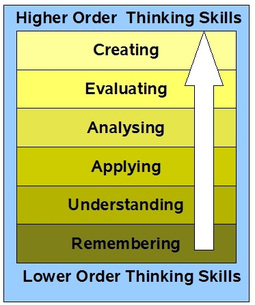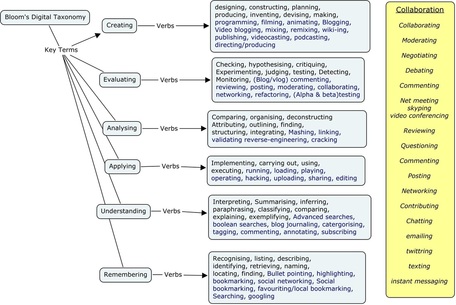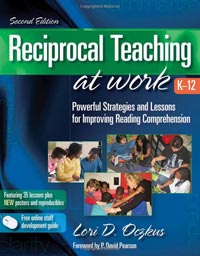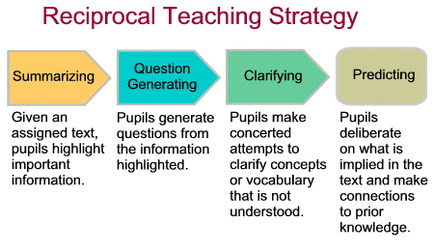Teaching is a THINKING job. The conversations must be about: why did you do... Must be about the cognition! CDanielson #tcrwp
— Amanda Hartman (@amandalah) November 5, 2014comprehension conversation
This a page begins with a focus on the Comprehensions conversation that needs to happen during a Guided Reading lesson and also in class strategy work around a text. These In order to bring students to a deeper level of understanding and be able to ask questions, and process with a critical stance, teachers need to model comprehension strategies and provide opportunities for students to grapple with text. The opportunity for students to wonder, question predict, summarize and analyze a text comes out of purposeful instruction. The" I do it, WE do it, YOU do it, approach allows the struggling reader to see first-hand what is expected and provides a road map for getting there. We have created a Comprehension conversation for both fiction and non-fiction texts, that teachers can use for both guided reading and class comprehension strategy work to develop this deeper level of understanding. These are possible question prompts based on the Comprehension Conversation that occurs AFTER a F& P Benchmark reading assessment or a running record.
|
| ||||||||||||
questions to support comprehension
|
The pdf to the left offers teachers question prompts for both fiction and non-fiction texts. These questions support readers as we examine story plot, events, character, setting, theme, language and connections that we make. For non-fiction text, questions surround the content of the text, style, text structure, features, and personal connections about the topic.
| ||||||
the power of blooms
In the course of a school day, teachers ask hundreds of questions, the vast majority of which according to research spanning many decades, are lower level, convergent questions-simple fact questions with only one correct answer. Students however, must develop critical-thinking skills by responding to higher order, divergent questions that require them to use the facts to analyze, apply, extend, and evaluate information.
Any teachers that I have worked with in a workshop, has heard me wax on about Bloom's taxonomy in it's different forms and the value of the thinking prompts for students. Students need to respond to all levels of Bloom's cognitive domain, but so often we fall short of really pushing students to dig deeper. This is another value of guided reading or small group instruction where teachers can model and teach the different levels, thereby enhancing a student's ability to stimulate original and critical thinking skills.See below for the thinking prompts, cue questions and suggested activities created by Center for Resource Management Inc.,2006. To the right, is an example of each Bloom level with a possible question surrounding a text that a class is using.
|
| ||||||||||||
my student has poor comprehension. what can i do?
Start with modeling strategies. Kids, especially ones that struggle, need to see a comprehension strategy in action and have the opportunity to work with it alongside a professional. Why is summarizing difficult for students? For starters, it requires students to apply the skill of determining importance in text and then express the important ideas in their own words. Many times, as students learn to summarize, their first attempts are a collection of details, rather than the main ideas of the passage. Other student-produced summaries are too vague and do not include enough detail. Teachers need to devote time to explicit instruction and modeling on both determining importance and summarizing to help students become proficient with both strategies. Soar to Success, an intervention program by Houghton-Mifflin does an excellent job of focusing on 4 key comprehension strategies-predicting, questioning, clarifying and summarizing. Many an author has taken these 4 key strategies and guided children to success, and this is always where I start when advising a teacher. For specific comprehension ideas click here.






